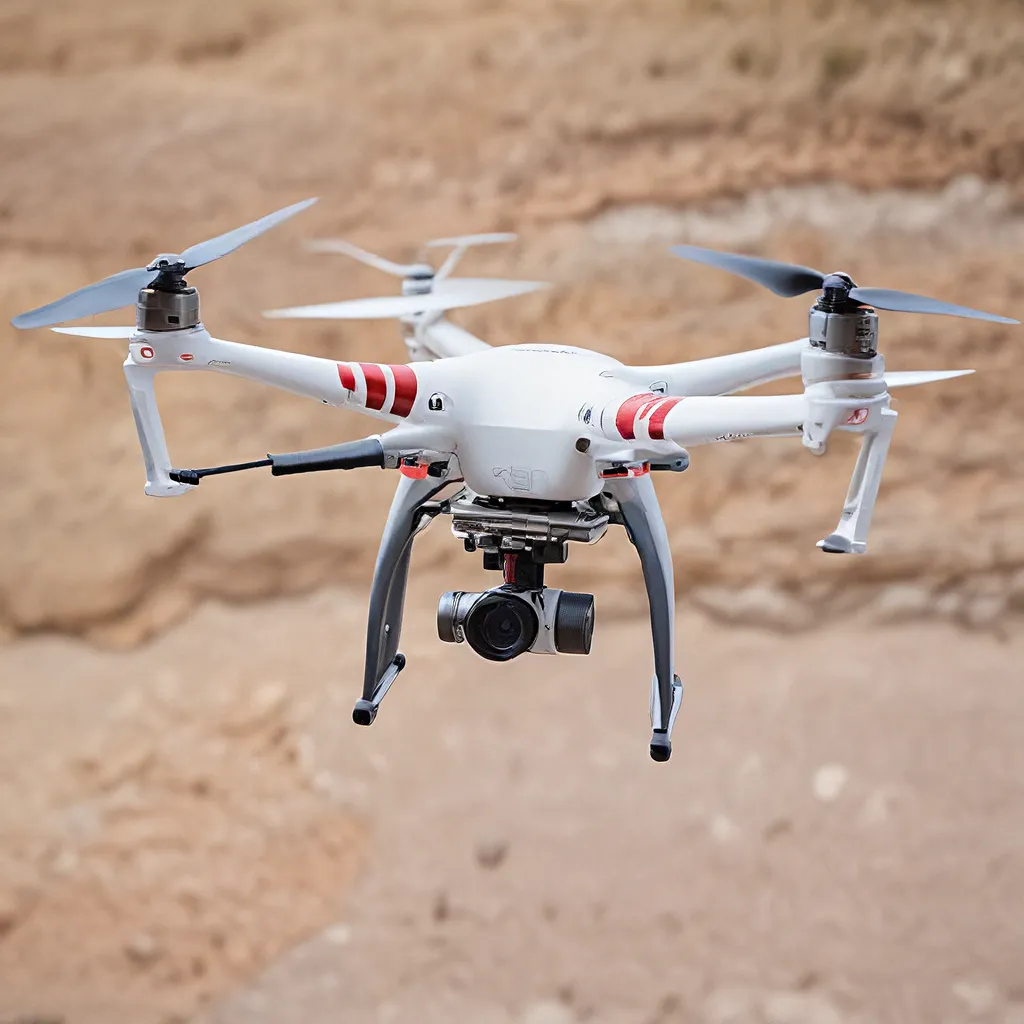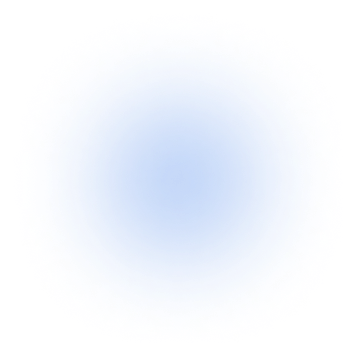
As a passionate drone enthusiast, I’ve faced my fair share of technical hiccups over the years. From unexpected mid-flight malfunctions to mysterious connectivity issues, troubleshooting can often feel like navigating a labyrinth of potential causes and solutions. But fret not, my fellow drone pilots – I’m here to share some tried-and-true techniques that have helped me swiftly resolve even the most perplexing problems.
Understanding the Anatomy of a Drone
Before we dive into the nitty-gritty of troubleshooting, it’s important to have a solid grasp of the components that make up a drone. These airborne marvels are essentially a complex symphony of hardware and software, each piece playing a crucial role in ensuring a seamless and safe flight experience.
At the heart of a drone lies the flight controller, a microprocessor that serves as the brain, orchestrating the intricate dance of the motors, sensors, and communication systems. The motors provide the thrust that propels the drone through the air, while the propellers translate that power into lift and maneuverability. Sensors, such as gyroscopes and accelerometers, constantly monitor the drone’s orientation and position, relaying this information to the flight controller.
The battery powers the entire system, and its capacity and charge level can dramatically impact the drone’s performance and range. And let’s not forget the all-important communication link, which allows you to command and control the drone from the ground, as well as receive telemetry data.
Familiarizing yourself with these core components will not only help you understand the potential points of failure, but also empower you to tackle issues with a more informed and systematic approach.
Diagnosing Common Drone Problems
Now, let’s dive into some of the most prevalent issues drone pilots face and the strategies to overcome them. Remember, when it comes to troubleshooting, it’s all about isolating the problem and methodically working through potential solutions.
Motor and Propeller Issues
One of the most common problems I’ve encountered is motor or propeller malfunctions. This can manifest in a variety of ways, such as a motor refusing to spin, uneven thrust, or vibrations during flight. To address these issues, I start by visually inspecting the motors and propellers for any obvious damage or debris.
If everything looks intact, I move on to checking the motor connections and ensuring they are firmly seated in the flight controller. Sometimes, a simple firmware update can also resolve motor-related problems, as it can optimize the motor control algorithms.
Battery and Power Supply Troubles
Another frequent headache is battery-related issues, such as rapid battery drain, charging problems, or sudden power loss during flight. Begin by checking the battery’s charge level and ensuring it is properly connected. If the battery seems to be the culprit, consider replacing it with a fresh, high-quality unit.
Additionally, examine the power distribution board and connections to rule out any issues with the power supply. Monitoring battery voltage and current during flight can also provide valuable insights into the root cause of the problem.
Communication and Connectivity Woes
Drone pilots often encounter connectivity issues, where the control link between the drone and the ground station becomes unstable or lost altogether. This can be particularly frustrating, as it can lead to loss of control or even a crash.
Start by checking the antennas on both the drone and the ground station, ensuring they are undamaged and properly positioned. Test the range and signal strength to identify any potential interference or obstructions. Updating the firmware on both the drone and the remote controller can also help resolve connectivity problems.
Sensor Malfunctions
Faulty sensors, such as the gyroscope, accelerometer, or GPS, can cause a drone to behave erratically or fail to maintain stable flight. To troubleshoot sensor issues, begin by calibrating the sensors according to the manufacturer’s instructions. Check for any physical damage or debris that could be interfering with the sensor’s operation.
If the sensor-related problems persist, consider replacing the affected component or, if possible, updating the firmware to address any known issues.
Software and Firmware Glitches
Sometimes, the root cause of a drone’s misbehavior can be traced back to software or firmware problems. This could manifest in a variety of ways, from unexpected flight behavior to connection failures.
When faced with such issues, I start by ensuring I’m running the latest version of the drone’s firmware and the accompanying ground control software. Check for any available updates and carefully follow the installation instructions. If updates don’t resolve the problem, consider reverting to a previous, stable firmware version.
Strategies for Effective Troubleshooting
Regardless of the specific issue you’re facing, there are a few overarching strategies that can help you navigate the troubleshooting process more efficiently:
-
Systematic Approach: Break down the problem into manageable components and address them one by one. Isolate the issue by methodically testing each subsystem.
-
Comprehensive Documentation: Keep detailed records of the symptoms, steps taken, and the outcomes of your troubleshooting efforts. This will not only help you track the progress but also provide a valuable reference for future issues.
-
Community Engagement: Leverage the wealth of knowledge available in drone-focused forums, Discord channels, and social media groups. Reach out to fellow enthusiasts and experts who may have encountered similar problems and can offer valuable insights.
-
Manufacturer Support: Don’t hesitate to contact the drone manufacturer’s customer support if you’re unable to resolve the issue on your own. They often have access to more detailed technical information and can provide tailored guidance.
-
Continuous Learning: Stay up-to-date with the latest advancements in drone technology, firmware updates, and troubleshooting techniques. This will not only help you address current problems but also proactively prevent future ones.
Remember, troubleshooting is an art form, and with practice and a systematic approach, you’ll soon become a master at rapidly resolving even the most vexing drone-related issues. So, the next time your trusty drone starts acting up, take a deep breath, and let’s work together to get it back in the air!
And if you’re in the market for a new drone or need some assistance with your current one, be sure to check out the services offered by Coulson Drones. Their team of experts is always ready to lend a helping hand and ensure your drone-flying experience is nothing short of exceptional.











